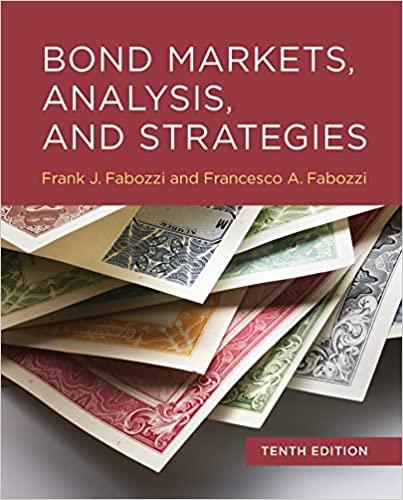Answered step by step
Verified Expert Solution
Question
1 Approved Answer
The Varun Nagar Agricultural Cooperative Society ( VNACS ) , located in Jaldhara District, was a village level agricultural cooperative society. The Society started functioning
The Varun Nagar Agricultural Cooperative Society VNACS located in Jaldhara District, was a village level agricultural cooperative society. The Society started functioning in with members. In the Society had members. The main functions of the Society were to procure agricultural produce from the farmers and market it to the district mandies. The Society also procured and supplied agricultural inputs seeds fertilizers, and pesticides to farmer members.
In September the Society had drawn from the Jaldhara District Cooperative Bank an overdraft of Rs Lakh under its cash credit arrangements and this was yet to be repaid. In the first week of March when Mr Agarwal, Manager VNACS, met Mr Dwivedi, Manager Jaldhara District Cooperative Bank, Mr Dwivedi had indicated that he considered VNACS to be a wellmanaged cooperative society, secure in its operations. Therefore, he would be willing to allow the Society, if it required, to continue the use of the overdraft of Rs Lakh. The Bank, of course, charged an annual interest of
In midMarch the Society reviewed its operations for the year. The Society had with it tons of paddy, in storage for a month now, waiting for disposal. Payment of Rs Lakh to members towards this procurement was due by March After meeting all the expenses of the operations of the Society, and before repaying the overdraft from the Bank, the Society had a cash balance of Rs Lakh.
Mr Agarwal was planning to sell, in a few days' time, the tons of paddy in storage, at about Rs per ton. He knew that this would mean the realization of just the procurement price.
To review the operations of the Society for the year, the Executive Committee of the Society met on March During the discussions, Mr Sharma, one of the members of the Committee, pointed out that if the Society waited for months to sell the paddy, it could get better returns. Mr Sharma said that he had examined the price movement over many years and had found that in about one season in four, the price increased after months to Rs per ton. Mr Sharma suggested that Mr Agarwal could use the cash balance of Rs Lakh the Society had to pay the members, so that the society could store the tons of paddy for a further months to get better returns. Mr Agarwal remembered that in the last two seasons the price per ton of paddy did go up to Rs and Rs by October.
As Mr Agarwal was contemplating the suggestion made by Mr Sharma, he also thought that the members, when they turned over their crops to the Society for sale, entrusted him with the result of their whole season's hard work. He felt
Under the cash credit arrangements, the society could borrow up to ten times of its deposits at any given time. The overdraft was over and above this borrowing limit
Test case prepared by Prof. S Vathsala, Indian Institute of Management, Ahmedabad.
Case Handout
IIM Shillong
that after all, the members joined a cooperative society because they believed that it would be better to buy their inputs together, and sell their outputs together, rather than each individual buying and selling as best as he could. In this process, he further mused, that it was necessary to sustain the good image his society could earn over the years, which helped in ensuring the support of the bank and of the members of the society.
The next day, Mr Agarwal received a letter from the National Fertilizer Corporation offering bags of fertilizer, the Society's normal annual requirement. This offer was at a special price of Rs a bag if delivery were accepted within weeks. The fertilizer would not be needed by the farmers for months, at which time it would cost Rs a bag. But if the Society decided to take advantage of the special price, it would have to take delivery of the fertilizer and pay for it by the first week of April
The space used now for storing the tons of paddy could not be used for storing the fertilizer. The Society did not have any other storage space of its own. If he could find a space for storage, Mr Agarwal estimated that it would cost Rs per month. Mr Agarwal found out that labour and equipment for storing the fertilizer would cost about Rs; the annual insurance charges for storing either paddy or fertilizer would be about Rs Mr Agarwal also learned that about of the fertilizer stock would be lost in storage during the month period, but that there would not be any deterioration in the quality of fertilizer.
Mr Agarwal thought that whatever he decided within the next one week should be in the best interests of the members of the society.
##### Please make a report on this case using step framework of case analysis. Please use numerical methods for calculating cost analysis if paddy is sold before and after months

Step by Step Solution
There are 3 Steps involved in it
Step: 1

Get Instant Access to Expert-Tailored Solutions
See step-by-step solutions with expert insights and AI powered tools for academic success
Step: 2

Step: 3

Ace Your Homework with AI
Get the answers you need in no time with our AI-driven, step-by-step assistance
Get Started


